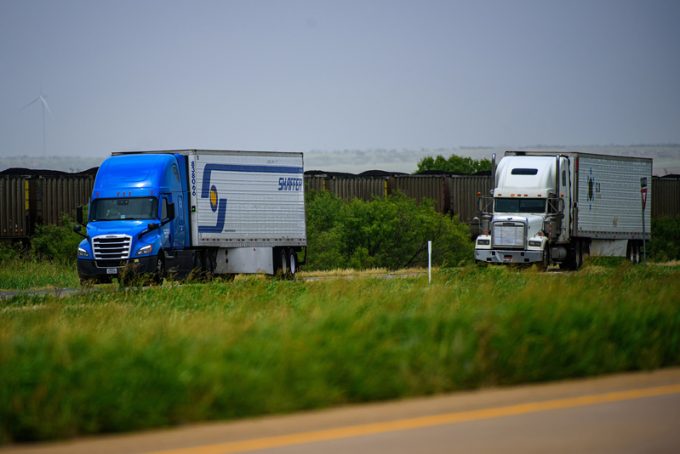Transpacific sees first major MSC blanks as rates fall and volumes falter
Following nine weeks of consecutive declines in spot freight rates on the transpacific, carriers are ...

Trucking rates in the US are continuing to climb, with little relief in sight for shippers.
Demand is expected to remain strong through the year, costs for truckers have gone up and recent contracts have shown mid- to high single-digit rate increases.
In Q4 20 spot rates increased in the low double-digit range as capacity continued to tighten, and it will be strained further in the coming months, according to the American Trucking Association (ATA).
ATA chief economist Bob Costello predicts tight capacity throughout the year and ...
Volcanic disruption at Anchorage could hit transpacific airfreight operations
Macron calls for ‘suspension’ – CMA CGM's $20bn US investment in doubt
De minimis exemption on shipments from China to the US will end in May
Forwarders stay cool as US 'liberation day' tariffs threaten 'global trade war'
Trump tariffs see hundreds of cancelled container bookings a day from Asia
Mixed response in US to 'Liberation Day', while China leads wave of retaliation
Tariffs and de minimis set air freight rates on a volatile course

Comment on this article